In the high-stakes world of disaster relief and emergency response, every second counts. The ability to quickly access essential equipment can make a significant difference in life-saving operations. However, the complexity of locking mechanisms on protective cases can sometimes pose a challenge. This article addresses common concerns and offers solutions to ensure that responders can swiftly and securely access their gear.
.png?width=1200&height=628&name=Utility-Disaster-5%20(1200x628).png)
Streamlined Access in Critical Moments
How quickly can I access my equipment in an emergency if the lock is complex?
When seconds matter, a complex lock can be a hindrance. Peli’s protective cases, such as those from the Air and Protector series, feature user-friendly locking mechanisms designed for rapid access. The Press and Pull™ latches, for instance, are engineered to open easily under pressure, ensuring that responders can access their gear without delay.
Balancing Security and Accessibility
Are there any alternatives to traditional locks that provide both security and quick access?
While traditional locks offer a high level of security, Peli has innovated with alternatives that do not compromise on accessibility. The automatic pressure equalisation valve and double-throw latches provide a balance between secure sealing and ease of access. These features ensure that the case remains secure during transit but can be opened swiftly when needed.
Maintaining Security During Rapid Deployments
How do I ensure that a case remains secure without compromising on accessibility during rapid deployments?
For emergency responders, the ability to secure equipment quickly is paramount. Peli cases incorporate reinforced padlock protectors and stainless steel hasps that offer robust security. Additionally, the option to use combination padlocks or key locks provides flexibility, allowing responders to choose the best locking mechanism suited to their operational needs.
Durability Under Harsh Conditions
Can complex locks withstand harsh conditions such as extreme weather or rough handling?
Peli cases are renowned for their durability and reliability in extreme conditions. Whether it's exposure to water, dust, or impacts, the locking mechanisms are designed to perform under pressure. Cases like the Peli Air series undergo rigorous testing, including submersion, drop tests, and rolling tests, ensuring that the locks maintain their integrity even in the harshest environments.
Best Practices for Lock Maintenance
What are the best practices for maintaining and operating these locks to ensure they function properly during emergencies?
To ensure that locking mechanisms function correctly, regular maintenance is essential. Here are some best practices:
- Regular Inspections: Periodically check locks for signs of wear or damage.
- Lubrication: Use appropriate lubricants to keep locks operating smoothly.
- Training: Ensure that all team members are familiar with the operation of the locks and latches.
- Backup Keys/Combinations: Keep backup keys or note combinations in a secure yet accessible location.
For disaster relief and emergency responders, the right protective case can make all the difference. Peli’s range of cases offers solutions that combine security with rapid accessibility, ensuring that responders can focus on their mission without worrying about their gear. By understanding and addressing the common concerns around locking mechanisms, responders can better prepare for any situation, knowing their equipment is both safe and ready for immediate use.





.png)

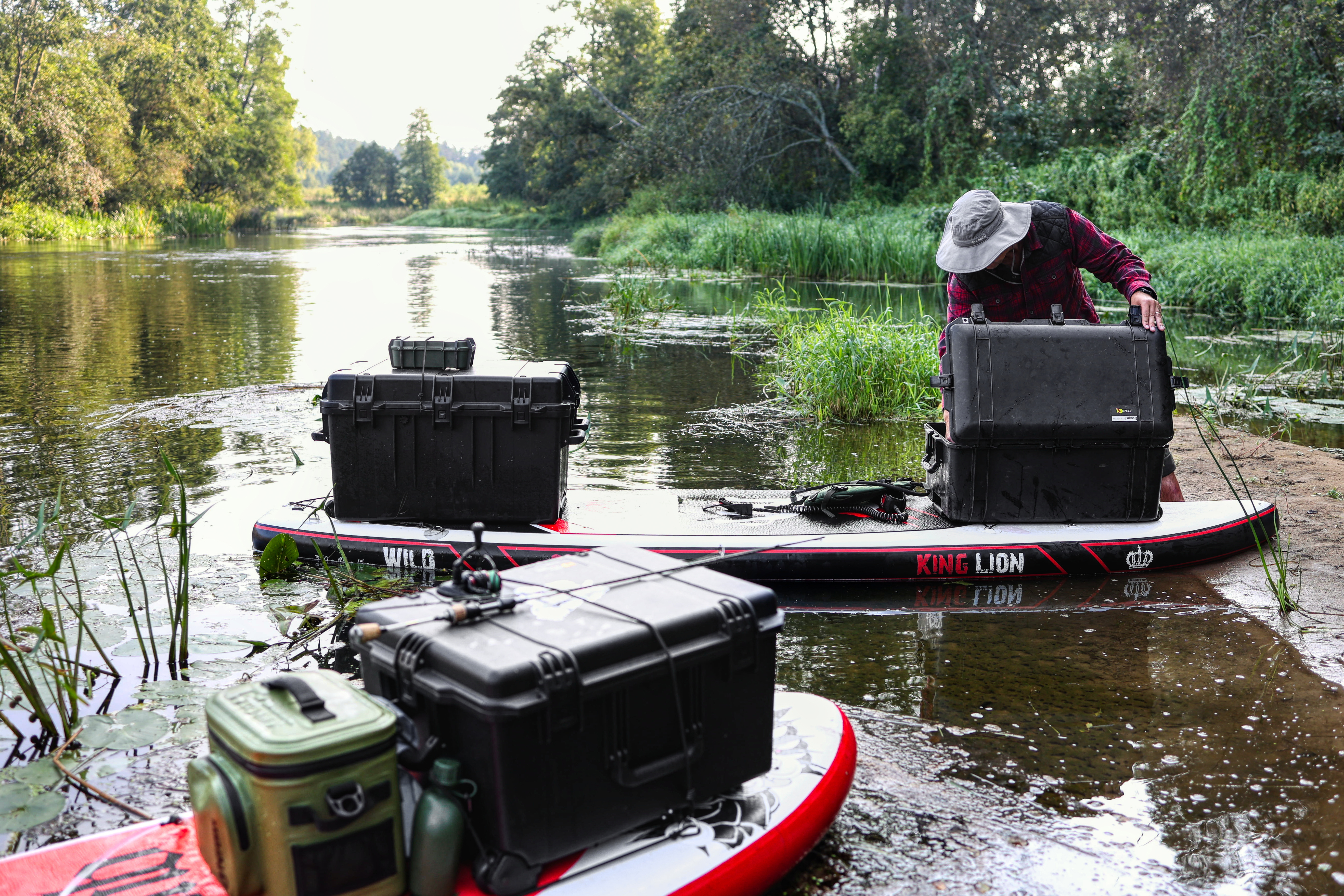



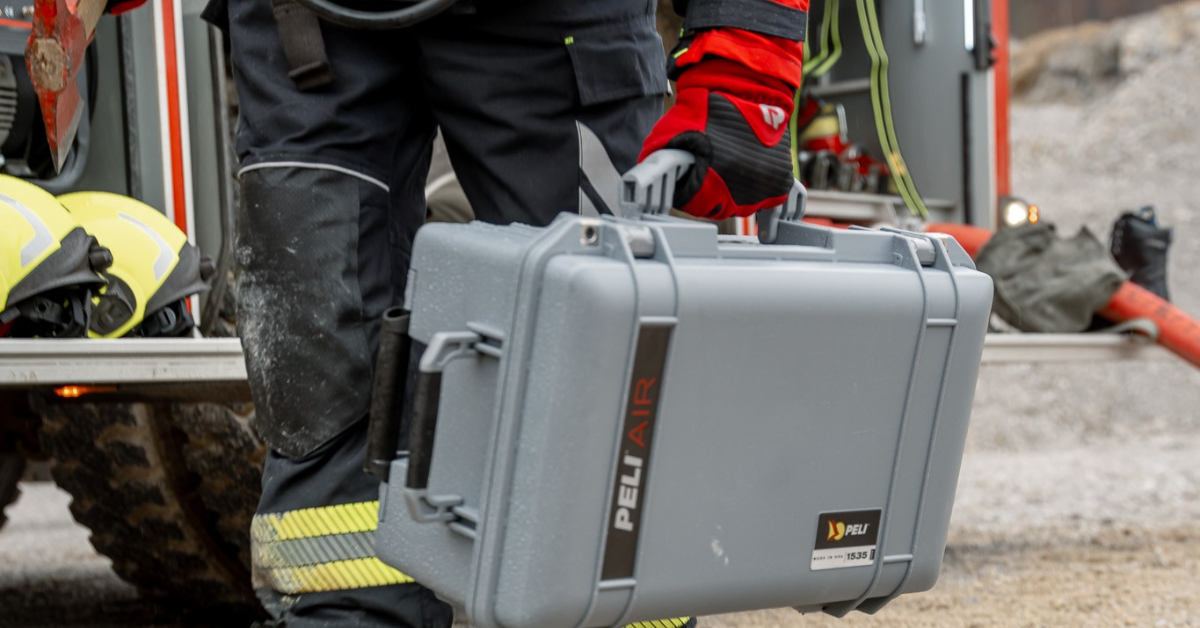
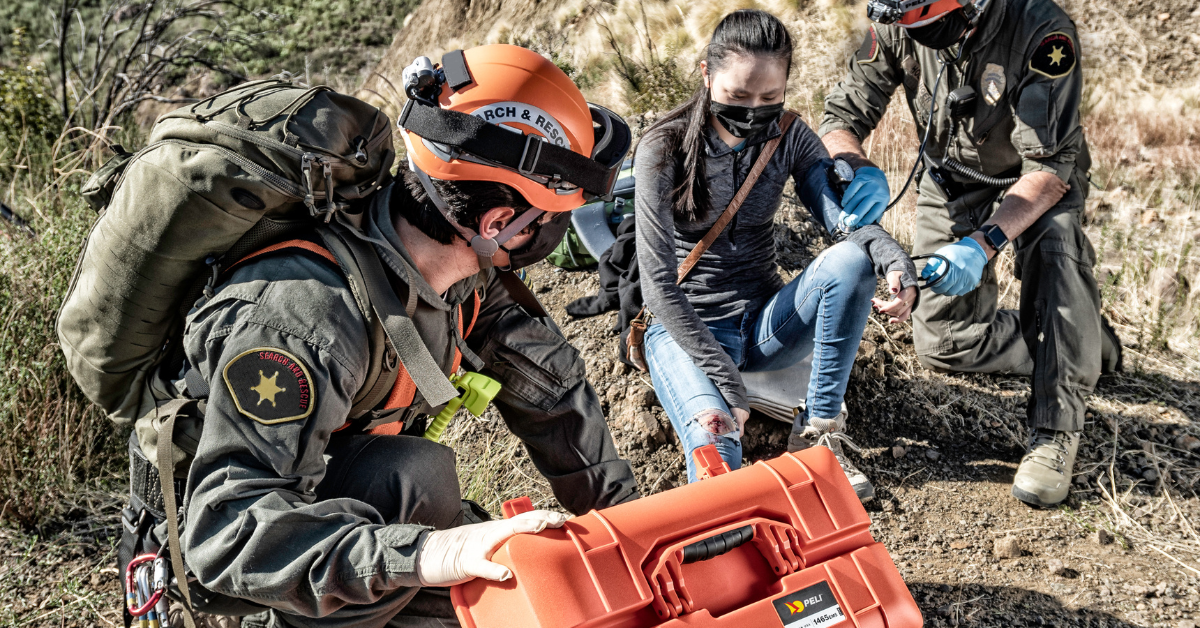
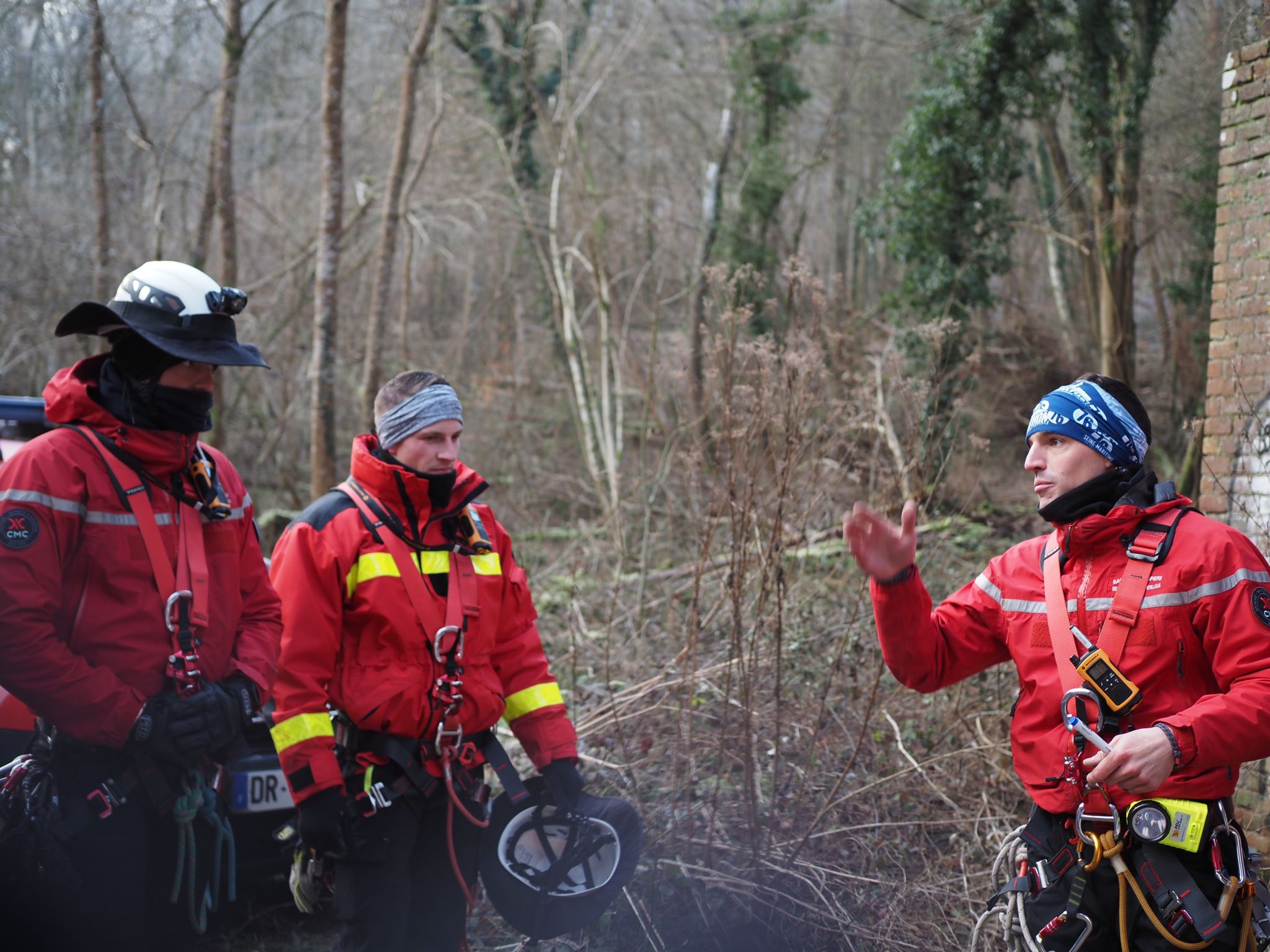
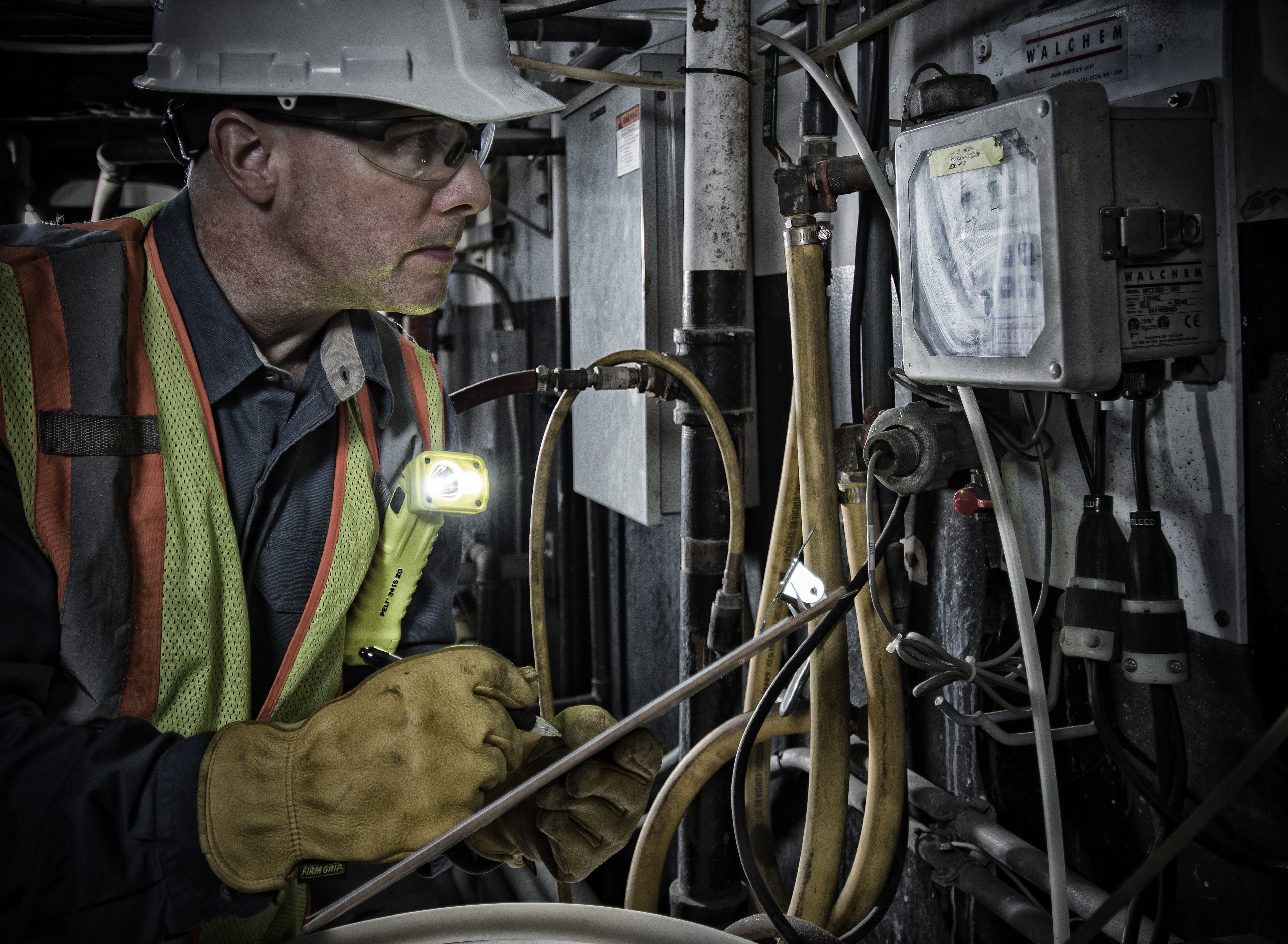
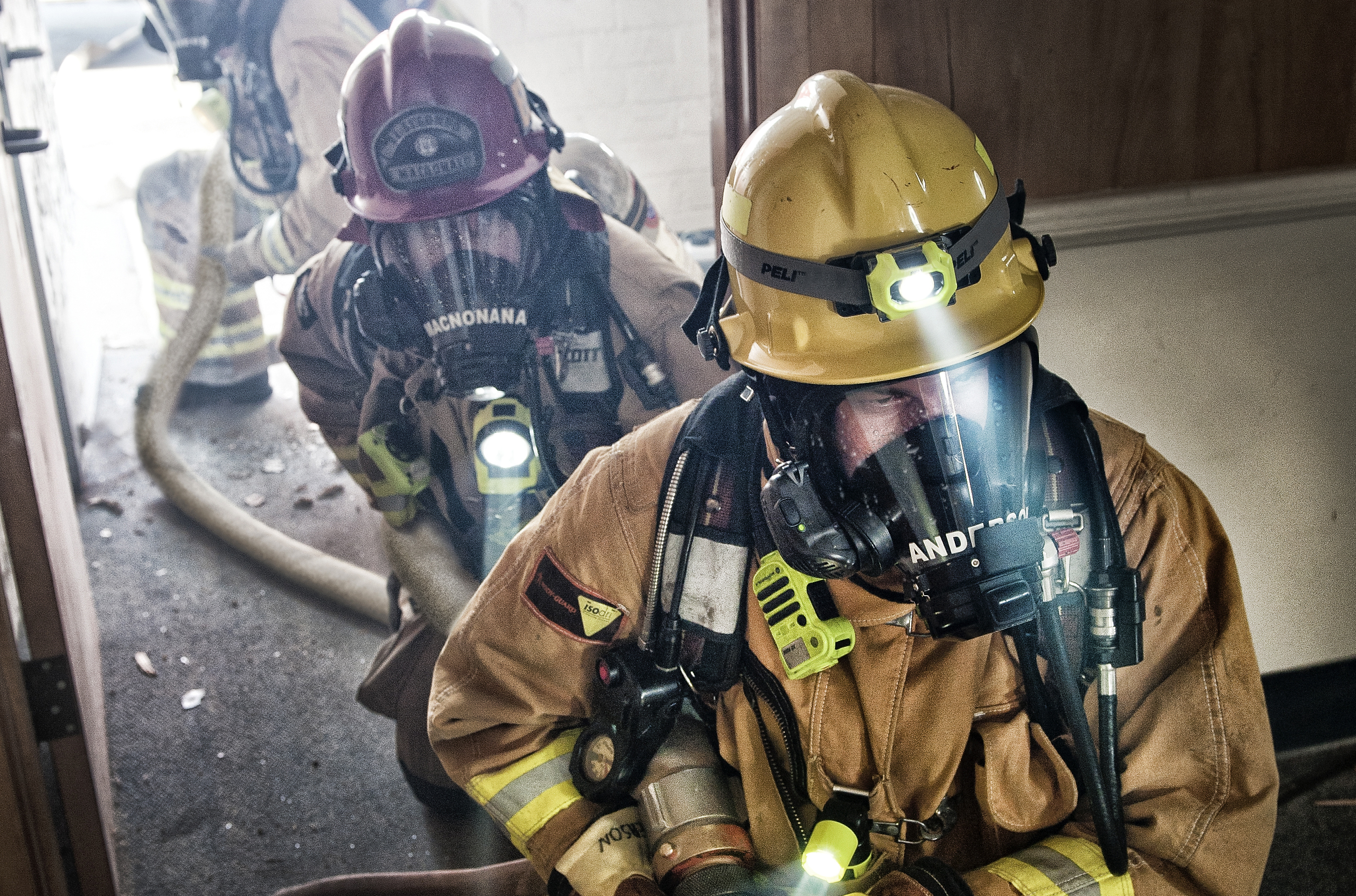

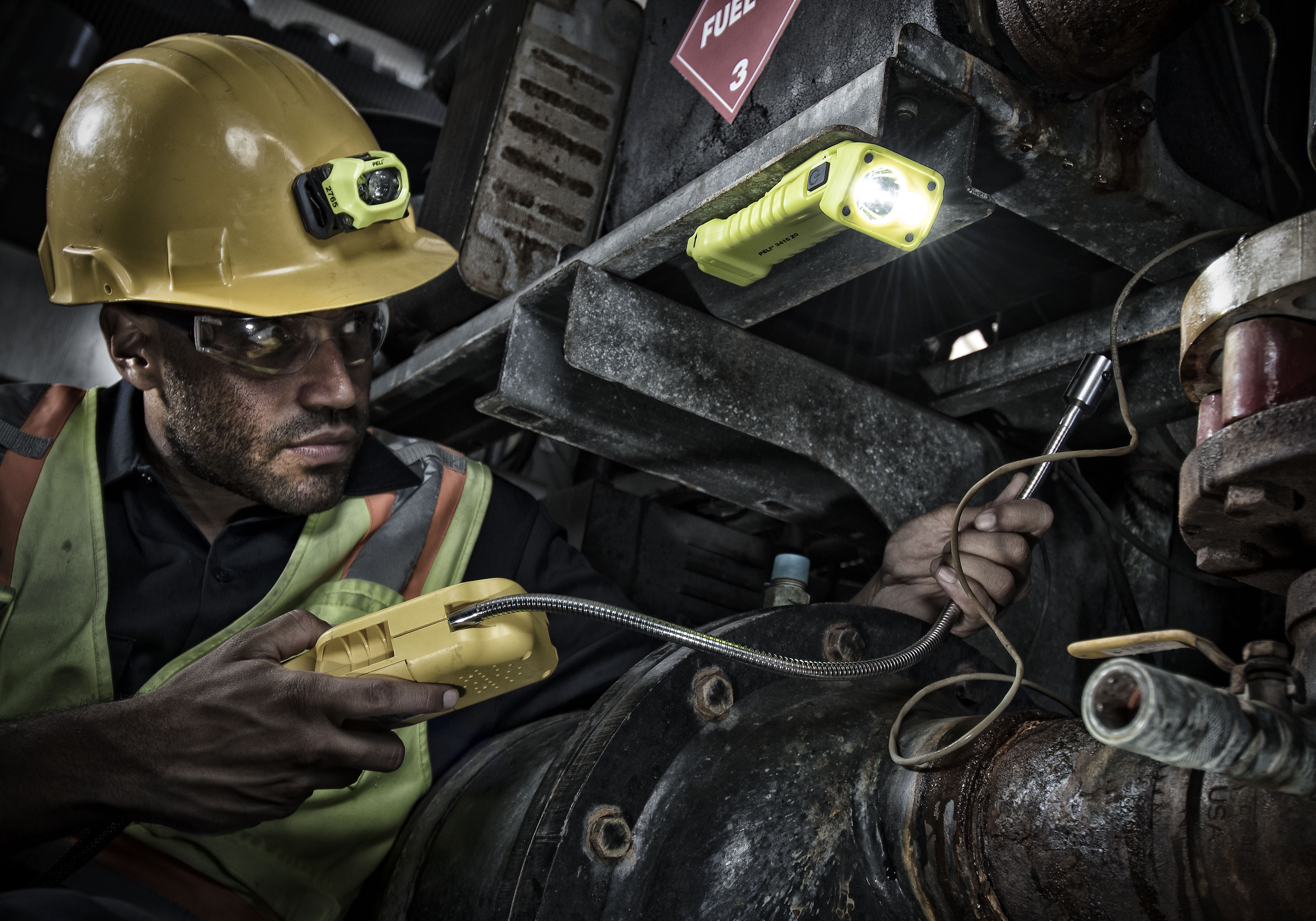


Post a comment